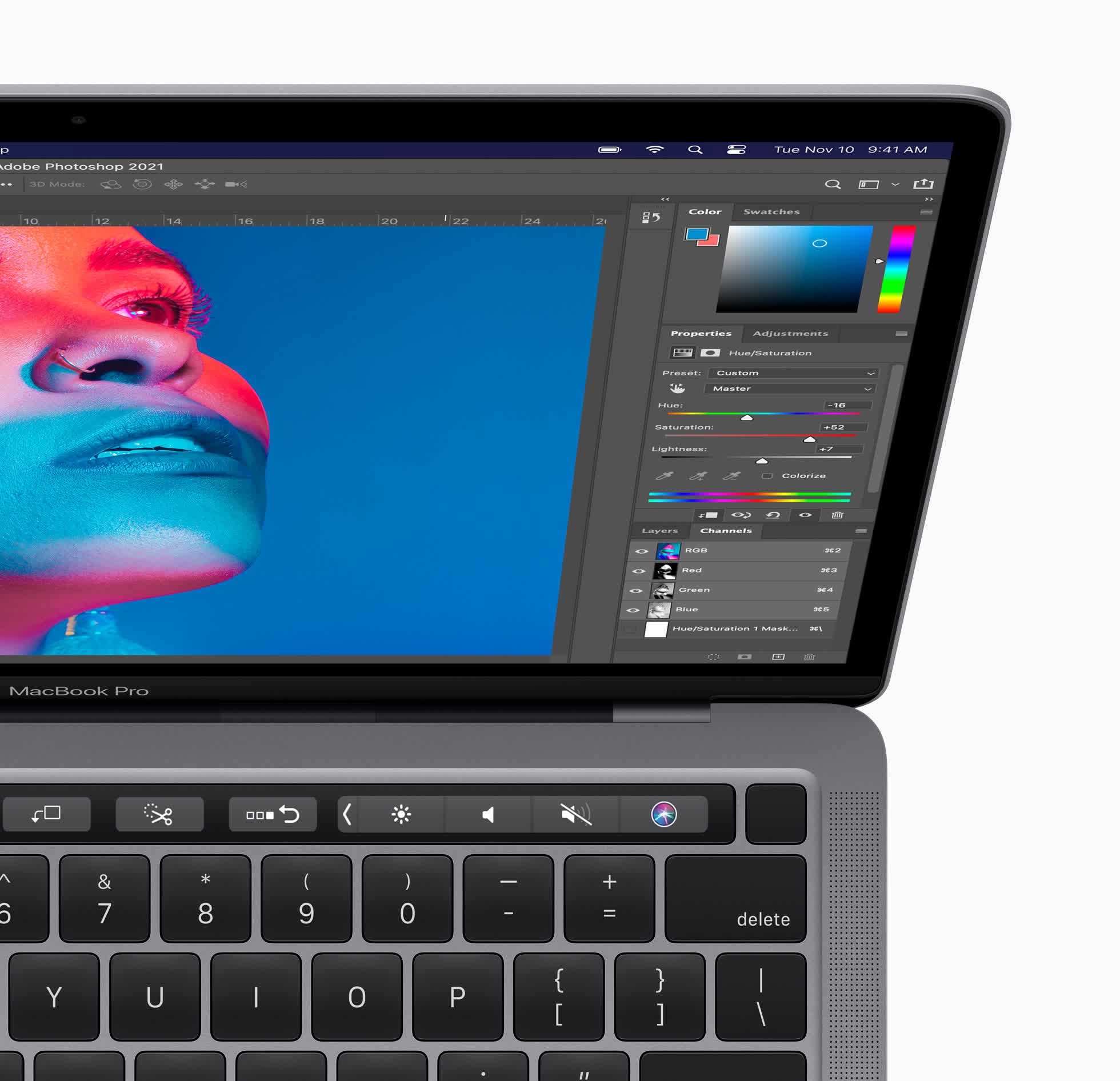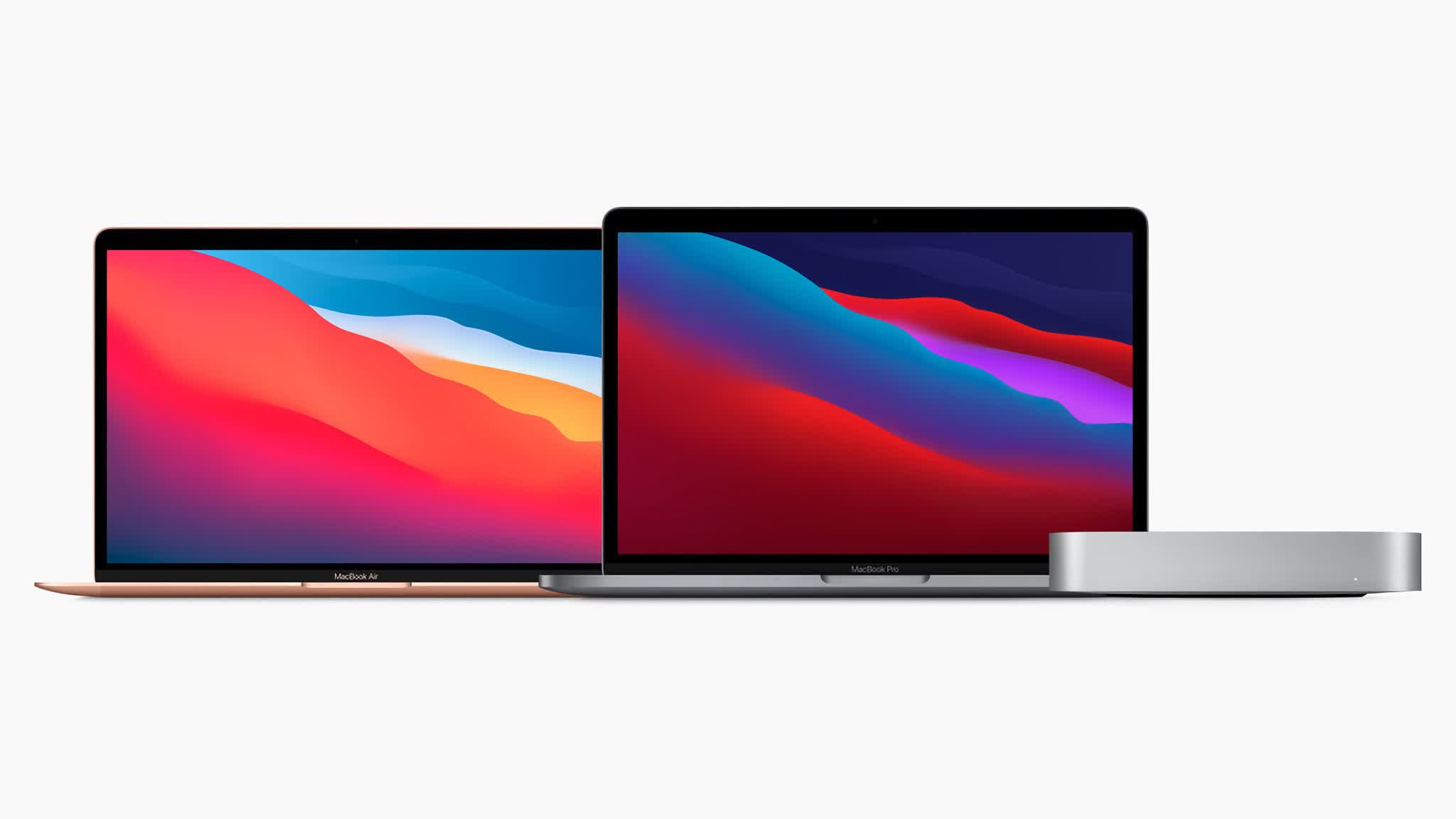What to expect: When you get your brand new M1 Mac, you may enjoy using some of your favorite iPhone apps on it. However, be aware that you may experience some compatibility issues at first. Apple reminded developers to make updates if necessary, but automatic placement in the Mac Store might lead to some overlap.
Earlier this week, Apple unveiled the latest MacBook Pro, MacBook Air, and Mac Mini, powered by its new M1 SoC. Aside from being the most powerful silicon, Apple has created, the architecture will now allow iOS apps to run on macOS out of the box, but not without some tweaking on the developer side of things in some cases.
Apple said that the vast majority of iPhone apps would work on M1 Macs with the help of Big Sur. The placement of iPhone apps on the Mac App Store is automatic in most cases. The only ones excluded will be software from developers who have opted out, such as Google and Facebook. Apple will also exclude some location reliant apps.

However, this automatic transition creates a slight compatibility issue for some applications. Those apps using features exclusive to iPhones such as the TrueDepth camera, accelerometers, touchscreen gestures, or the cellular modem are problematic and will not work. Apple advises developers to tweak their code to make the app compatible or opt-out of having it placed in the Mac Store.
"To make sure that Mac users have a great experience, confirm that your apps work well on this platform and don't rely on iPhone or iPad features not available on Mac. If needed, update their availability on Mac in App Store Connect."
For the most part, the onus is on the developer to make an incompatible app unavailable in the Mac Store. The one exception is with applications that use the Core Location API. Since this API will not reliably work on Macs, which do not have GPS, Apple will exclude these apps without developer intervention.
Apple will also add clarifiers to apps listed in the Mac Store---"Designed for iPad" and "Not checked for macOS." After developers have tested and verified that their mobile app works flawlessly in macOS, they may request removal of the "not-checked" notice.
